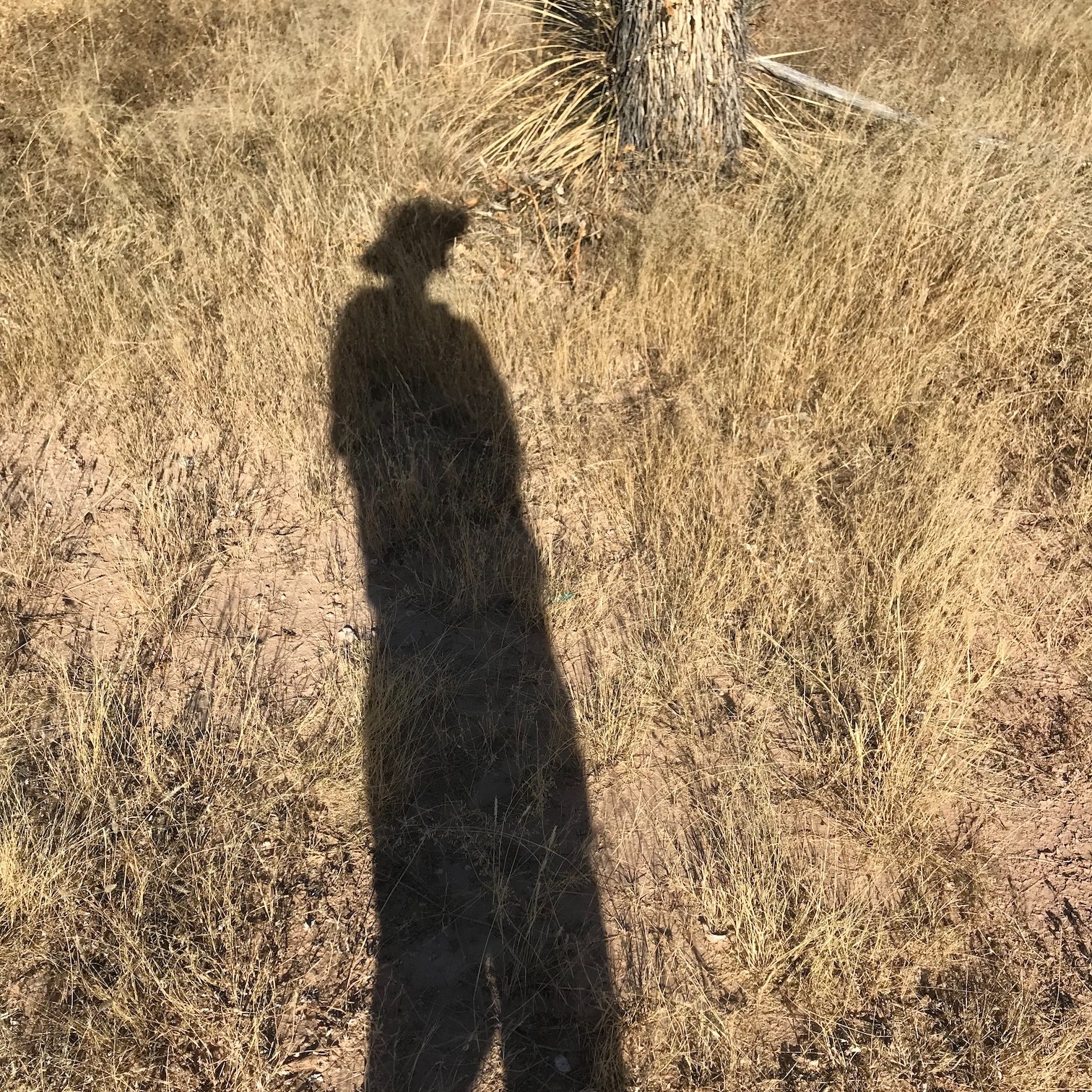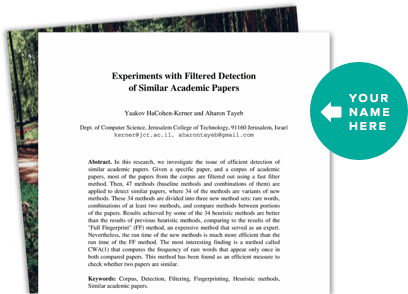About This Project
Native isopods of the US have been largely neglected with many species having not even been described or named. This is problematic as many isopods are useful indicator species of healthy environments. In addition, native isopods are also threatened by the introduction of invasive species and by global climate change. In this project we set out to identify and describe multiple previously undescribed Venezillo species in the western US. This project will support future research of these taxa.
Ask the Scientists
Join The DiscussionWhat is the context of this research?
In order to assess if a species is at risk the species first need to be identified and named. Isopods are a historically neglected group that are an excellent indicator species for soil health. Focusing on Venezillo, we utilized iNaturalist to find observations of potentially undescribed species. Currently only 2 species have been described from California, Arizona, and Nevada (Venezillo microphthalmus and Venezillo arizonicus) . Based on examination of photos on the website iNaturalist we estimated eight additional distinct undescribed species. After our initial field work, we found an additional two undescribed species suggesting there are many more undescribed Venezillo in this region.
What is the significance of this project?
The native Venezillo (Pill Woodlice) in the western United States are likely threatened by many factors. Global warming is causing major changes in our desert and forest environments. The lack of rainfall in major portions of California, including the Mojave Desert and transverse mountain ranges has been extreme in the past several years, leading to droughts and wildfires. Local researchers have reported long-living plant species dying at an alarming rate. In order to assess the impact on native isopods we first need to describe them to understand their range and native habitat.
What are the goals of the project?
The primary goal is to collect Venezillo specimens throughout California, Arizona, and Nevada, fully describe the morphological features of each population, and a conduct phylogenetic analyses, then publish the results in a peer-reviewed journal. We will collect 5-20 from each population to support all downstream work. The localities visited have been selected based on iNaturalist observations, published data, and habitat assessments. In addition, information about the habitat and range of these species will be collected for the purpose supporting later research. A secondary goal is to identify features that can be used for species-level ID from top-down or side view photos as found on iNaturalist to enable the use of observations on the community science platform for examining range of these species. The morphological and DNA (CO1) data will be used to examine the phylogenetic relationships, assign populations to existing species, and identify novel species.
Budget
These funds will help support travel costs to Southern California, Nevada, and Arizona for site identification and sample collection, and will enable us to do the molecular lab work for this project. For molecular phylogenetic assessment we will use Cytochrome Oxidase 1 (CO1). CO1 is widely used for DNA barcoding and so substantial data exists for reference to related species. CO1 has also been documented to be a useful marker for within-genera comparisons.
Endorsed by
 Project Timeline
Project Timeline
We have obtained permits for all the planned fieldwork and have started collections with 8 localities so far out of the planned 14. Additional field work is being conducted April through September this year to visit the remaining localities. Morphological assessments and descriptions confirming at least 6 new species have been completed so far. Once fieldwork is complete and we have specimens from all of the localities we will begin molecular work.
Jul 23, 2024
Project launch
Aug 21, 2024
Research proposal completed and fieldwork permit applications submitted
Sep 24, 2024
Collections started
Nov 01, 2024
First new species confirmed
Feb 01, 2025
Completed sampling of Southern California coastal populations
Meet the Team
Oonagh Degenhardt
Oonagh is a high school student with experience in the biological sciences both professionally and from a hobbyist perspective. She specializes in work based around invertebrate and herpetofaunal subjects. Her skills include, but are not limited, to: field collection, husbandry, species identification, and morphological analyses.
In addition to these professional pursuits she also partakes in creative work in the form of wildlife photography and scientific illustration for the American Isopod and Myriapod Group (AIMG), and moderates their social media forum. Her work currently focuses on examining the biodiversity and phylogenetics of the native Armadillidae of western North America. She also works with Xystodesmid millipedes and Scolopocryptops, and hopes to publish her work in the future.
Jeremiah Degenhardt PhD
Currently I work in biotech developing therapeutics, but my formal education spans organismal biology, molecular biology, computational biology, and population genetics/genomics. I have a PhD in Computational Biology and Population genetics and have worked on multiple genome sequencing projects. During undergraduate at the University of Idaho I worked on phylogeography of Pacific Northwest taxa, including multiple species of salamanders and xystodesmid millipedes in the lab of Professor Jack Sullivan. I learned millipede biology and ID of western Xystodesmids from Professor Rowland Shelley during this time. I have continued to expand my love and knowledge of arthropods and biology by being an active member of iNatuarlist and bugguide. I also help researchers with field collections whenever possible.
Recently I have started a different type of project. I have set out to photographically document all of the west coast xystodesmid species. I will be adding high quality images of each species with photos of the gonopods and other ID features on iNaturalist and bugguide to help others be able to ID these species. You can follow the project here: West coast xystodesmids
Project Backers
- 11Backers
- 13%Funded
- $587Total Donations
- $53.36Average Donation

